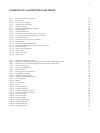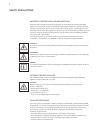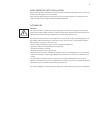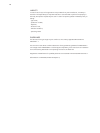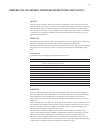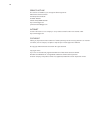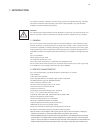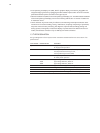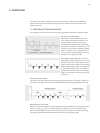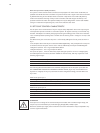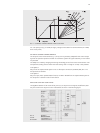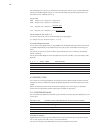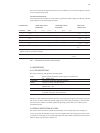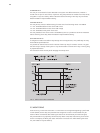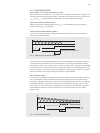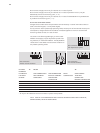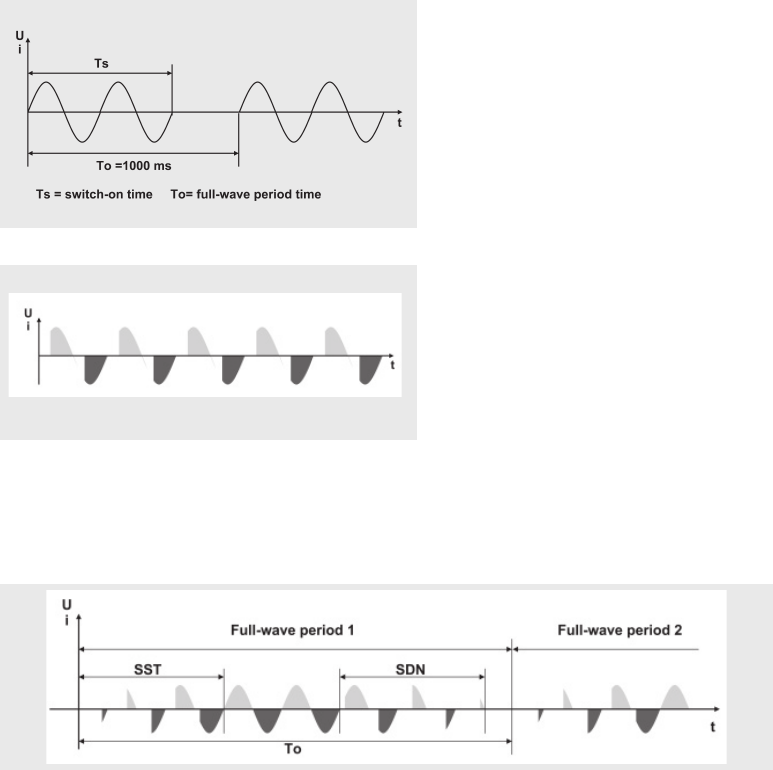
15
For optimum adjustment to different products and production processes as well as differently
electrical loads, the most favorable operating and control modes may be set according to the
following overview.
2.1 OVERVIEW OF OPERATING MODES
This chapter gives an overview of the various, partly type-specifi c and optional operating modes.
Full wave switch mode (TAKT)
Depending on the prescribed set point, the
mains voltage is periodically switched. In this
operating mode, almost no harmonics are
created. Whole multiples of the mains periods
are switched, avoiding DC components. The full
oscillation clock principle is especially suited for
loads with thermal inertia. For optimization of
the mains load, the optional ASM process may
be applied in this operating mode.
Phase-angle principle (VAR, with 1P and 3P)
Depending on the prescribed set point, the sine
oscillation of the mains voltage is gated using a
larger or smaller control angle a. This operating
mode is characterized by high control dynamics.
In case of phase-angle control, it is possible to
compensate harmonics of the mains voltage by
using circuit variants (for instance vector group
transformer).
Soft-Start-Soft-Down (SSSD)
The operation of large individual loads using the operating mode TAKT may lead to voltage varia-
tions on the mains side. The operating mode SSSD greatly reduces the pulse-shaped mains load.
MOSI operation for 1P and 3P
MOSI is a sub-operating mode of the operating modes TAKT and VAR for sensitive heating materi-
als with a high R
hot
/R
cold
ratio, for instance molybdenum disilicide. The Power Controller always
starts with phase-angle maximum value and actual value to avoid high current amplitudes during
the heating-up phase and then automatically switches to the set operating mode.
2. FUNCTIONS



